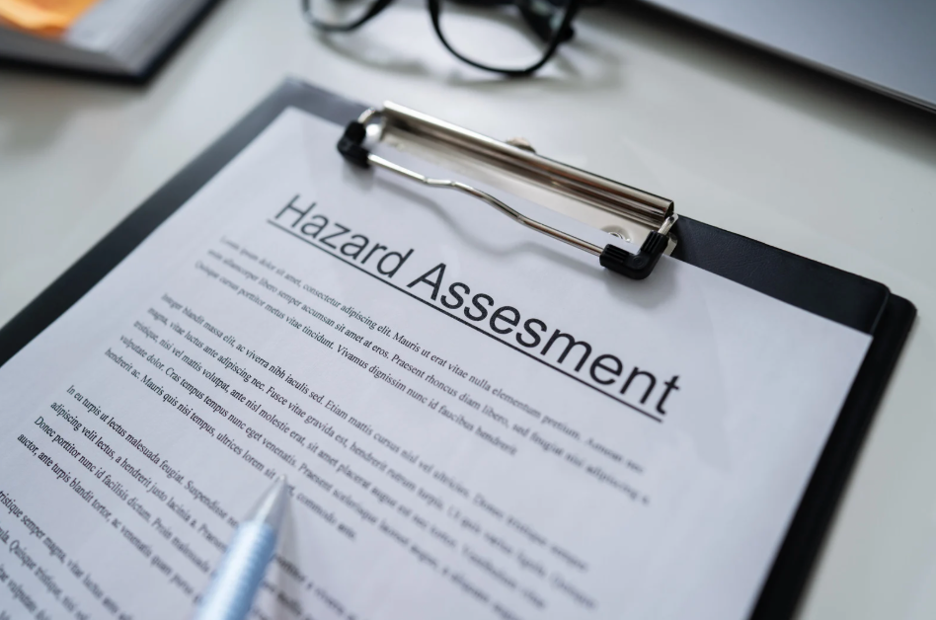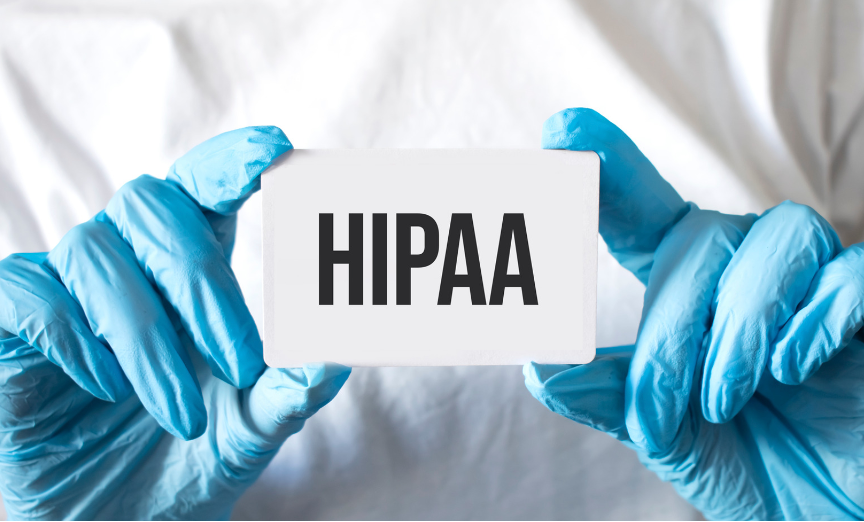In “What Every Healthcare Provider Should Know About OSHA (Part 2)”, we need to take a look at common violations and how to ensure compliance. Let’s take a look.
Common OSHA Violations in Healthcare
Despite the presence of regulations, healthcare facilities often find themselves facing OSHA violations. Understanding the most common violations can help providers avoid penalties and ensure a safer workplace. Some frequent violations include:
1. Failure to Implement Proper PPE Use
One of the most common OSHA violations in healthcare is the improper use of personal protective equipment (PPE). OSHA mandates that healthcare facilities provide and enforce the use of appropriate PPE to protect workers from exposure to hazardous materials, such as bloodborne pathogens and harmful chemicals. Common infractions include failing to provide adequate PPE or not ensuring that employees use it properly.
2. Inadequate Hazard Communication
OSHA’s Hazard Communication Standard is frequently violated when employers fail to maintain up-to-date Safety Data Sheets (SDSs), don’t properly label hazardous chemicals, or neglect to train employees on the risks of hazardous substances.
3. Lack of Proper Training
OSHA requires regular training for healthcare workers on various safety topics, including bloodborne pathogens, hazard communication, and respiratory protection. Failure to provide this training or to maintain records of employee training can result in costly fines.
4. Poor Recordkeeping
OSHA mandates that employers keep accurate records of workplace injuries, illnesses, and exposures. In healthcare settings, improper or incomplete documentation can result in significant penalties, especially in cases where workplace hazards lead to employee harm.
How to Ensure Compliance with OSHA Standards
Ensuring compliance with OSHA regulations requires a proactive approach. Healthcare providers should adopt the following best practices to maintain a safe environment for their employees:
1. Conduct Regular Safety Audits
Healthcare facilities should perform regular internal safety audits to identify potential hazards and ensure that OSHA guidelines are being followed. These audits should assess the adequacy of PPE, the handling and storage of hazardous chemicals, and the ergonomics of patient handling.
2. Establish an OSHA Safety Committee
Having an internal OSHA safety committee that meets regularly can help identify risks and develop solutions. This committee should include representatives from various departments to provide a comprehensive view of workplace safety.
3. Provide Ongoing Training
Ongoing education and training are essential for keeping staff up to date on OSHA regulations and workplace safety protocols. This includes conducting annual training on bloodborne pathogens, chemical hazards, and respiratory protection.
4. Stay Informed on OSHA Updates
Healthcare providers must stay informed on updates to OSHA guidelines, especially when new health risks emerge. For example, during the COVID-19 pandemic, OSHA issued temporary guidance and standards for healthcare providers to follow.
For healthcare providers, compliance with OSHA standards is not just about avoiding penalties—it’s about creating a safe, healthy, and productive work environment. From protecting workers against bloodborne pathogens to ensuring proper ergonomics, OSHA’s regulations are critical in preventing injuries and illnesses among healthcare staff. By staying informed and proactive, healthcare facilities can maintain compliance and, most importantly, protect their workers while delivering high-quality patient care.
Experience Better Healthcare Compliance
We hope you enjoyed “What Every Healthcare Provider Should Know About OSHA (Part 2)”. Let us know if you need help with your OSHA compliance program. MedSafe been assisting clients with their compliance needs for over 30 years. Let us help build and maintain your OSHA and/or HIPAA program(s) so you can focus on your patients. Contact us today.
Additional Resources:



